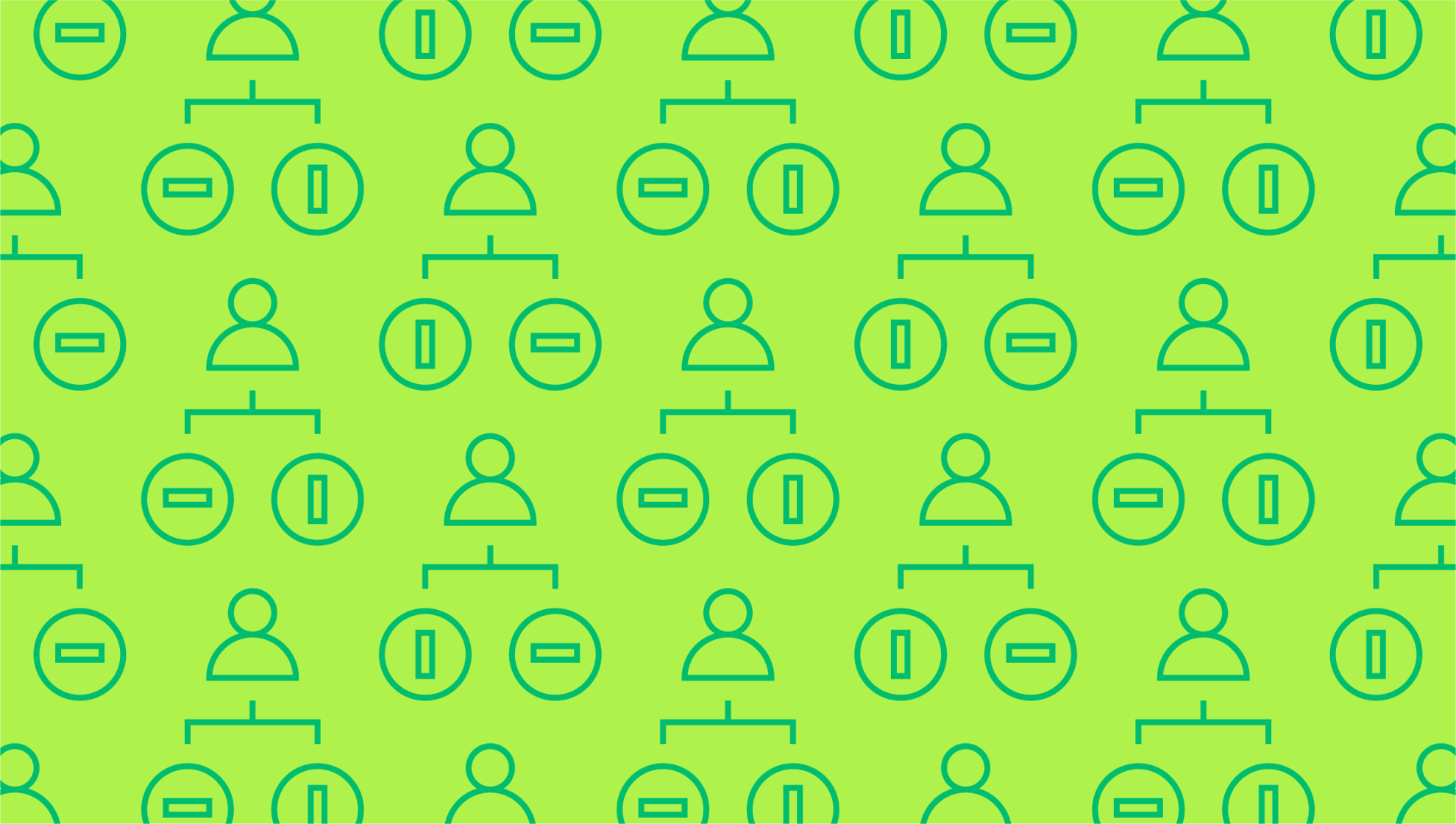Last editedJun 20213 min read
What happens when you can’t pay your debts? There can be numerous consequences from collections agencies, up to and including wage garnishment. What is wage garnishment, and how can you stop it? We’ll explore the answers below.
What is wage garnishment?
Wage garnishment is a tool used to collect debts, allowing creditors to take a cut of your paycheck each month. The garnished wages are removed from your paycheck at the processing stage and sent to the creditor to pay off your remaining balance. Once the debt is repaid, wage garnishment ends.
This is a final stage of debt collection that can usually only be pursued after the creditor sues the borrower for non-payment. Creditors might include credit card companies, banks, utility companies, or student loan providers. Once a judgment against the borrower is obtained in court, a court-issued garnishment order is sent directly to their employer.
What are the limits to wage garnishment?
In some cases, it might be possible to stop wage garnishment completely. In all cases, legal rights include a cap on the amount taken from your wages.
At the federal level, wage garnishment is capped at the lesser amount of 25% of your weekly disposable income or 30 times the current federal minimum wage. For these purposes, disposable income refers to anything left over after you’ve paid all required deductions like Social Security and taxes. That cap applies to personal loans and credit card debt. Student loan wage garnishment and taxes are both capped at 15%, and child support at up to 60%.
However, you must also consider wage garnishment laws by state because there might be additional protections in place. For example, some stages offer additional exemptions for those with dependent children.
Additional consumer rights include:
Debtors must receive legal notification of the wage garnishment.
You have the right to file a dispute if you believe the notice was filed in error.
Your employer can’t fire you because of a single wage garnishment.
Some types of income, including benefits like Social Security payments, are exempt from garnishment.
Types of wage garnishment
There are two main types of garnishment, including:
Wage garnishment: your employer hands over a percentage of your disposable income to pay off debt.
Non-wage garnishment: also called a bank levy, allowing creditors to take the money directly from your bank account.
While most garnishment is court-ordered, no judgment is required for certain types of debt including:
Federal student loan
Child support
Back taxes
As before, it’s best to find out the wage garnishment laws by state to see which applies to you.
How to stop wage garnishment?
For those on the receiving end of these judgments, many may wonder how to stop wage garnishment. If you’ve received a legal notice, don’t panic. The first step is checking it over carefully to make sure that the information contained on the notice is correct. Is the debt really yours? Is the balance correct? If so, it might be best to simply accept the judgment. If not, you have grounds for contesting the debt.
There are a few additional options on the table to stop wage garnishment.
1. Contact your creditors.
In many cases, wage garnishments are a last recourse for creditors who would prefer to deal with debtors directly. Take a hard look at your finances to find out what you could pay, within reason. Create a budget, and then contact your creditors to see if you can’t work out a new payment plan. It’s not too late for a conversation, even after receiving a wage garnishment notice.
2. Contest the court ruling.
If you don’t believe the garnishment is accurate, you can launch a legal objection. Will the garnishment cause undue harm? Were you legally notified of your debts? It’s best to seek legal advice before you challenge the court judgment, and you must respond within five business days in some states.
3. File for bankruptcy.
If you’re truly in over your head with multiple debts and are struggling to pay living expenses, it won’t be enough to stop wage garnishment. Rather than face an onslaught of court judgments that you can’t repay, you might need to consider filing for Chapter 7 bankruptcy. Wage garnishment must be stopped as soon as the case is filed. Your creditor will receive a notice of an automatic stay, which protects you from further judgments. Some types of debt will be erased when you file for bankruptcy, but your credit rating will take a hit in the process so it’s not a decision that should be taken lightly.
Finally, there are some types of debt that can’t be erased with bankruptcy, insolvency, or challenging wage garnishment in the courts. If you owe back taxes or are subject to student loan wage garnishment, you’ll have very few options other than to pay these debts.
For those in any kind of debt, consumer credit counseling services are non-profit agencies that can help with negotiations. If you’re struggling with repayments and are worried about wage garnishment, this is a good first step to getting back on track.
We can help
GoCardless helps you automate payment collection, cutting down on the amount of admin your team needs to deal with when chasing invoices. Find out how GoCardless can help you with ad hoc payments or recurring payments.

